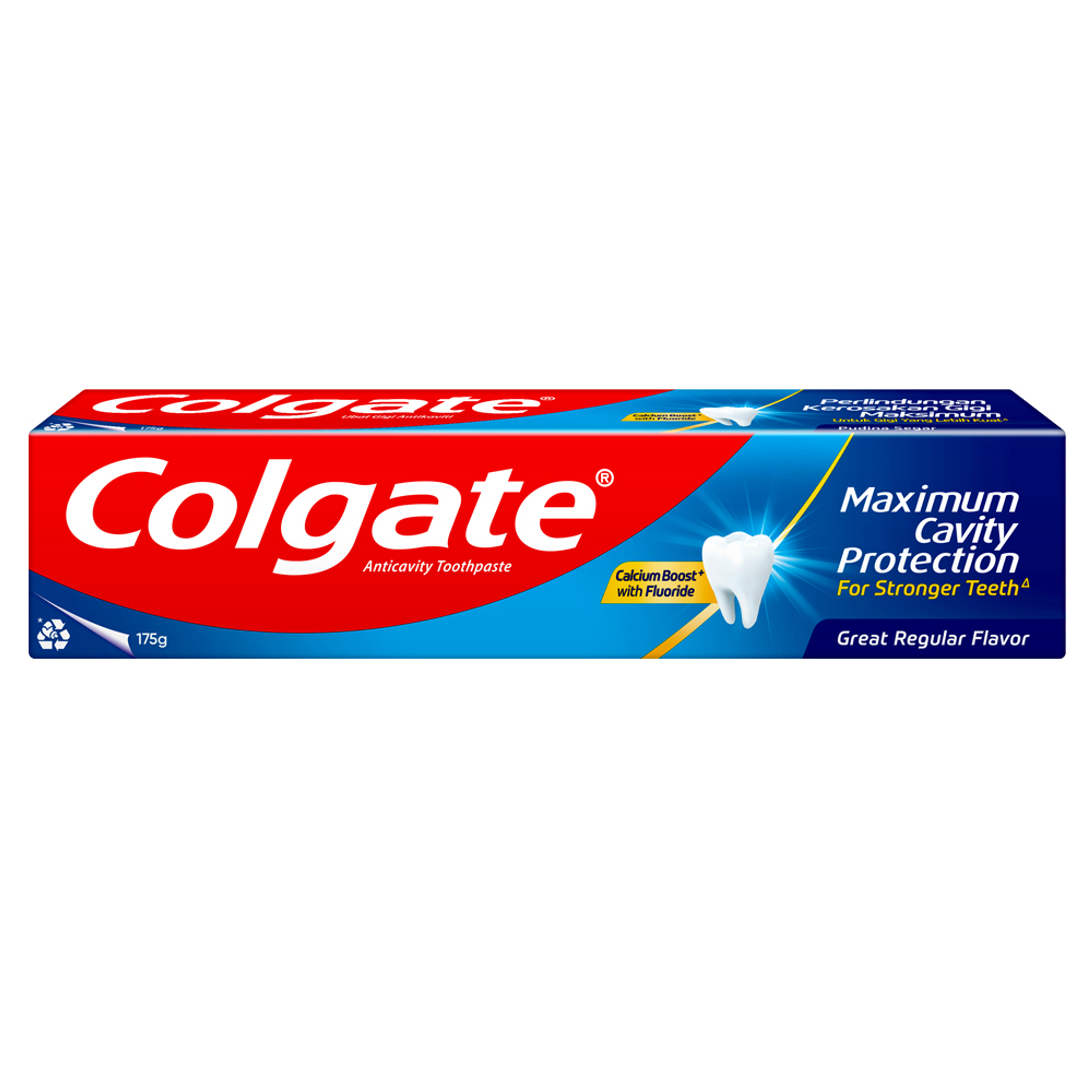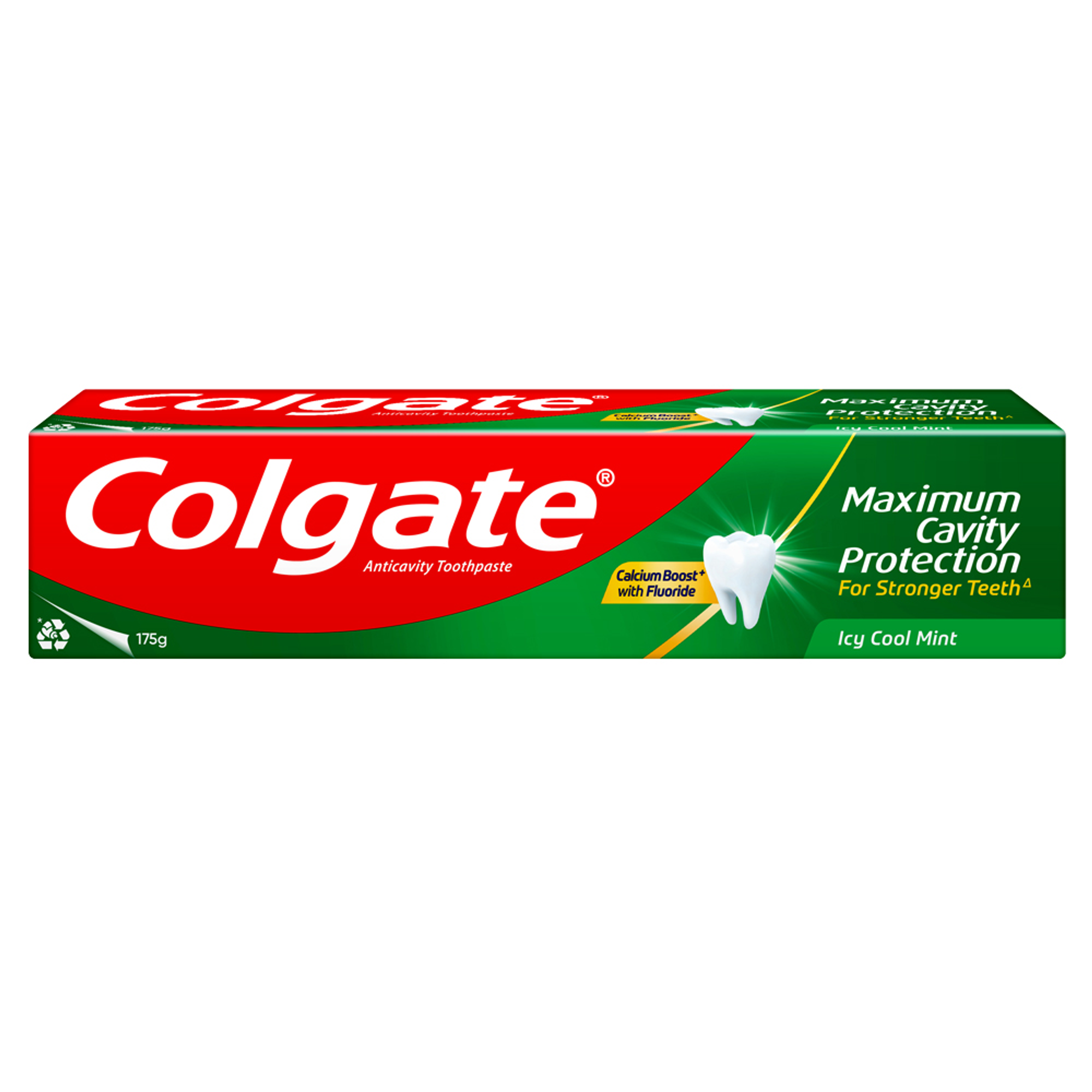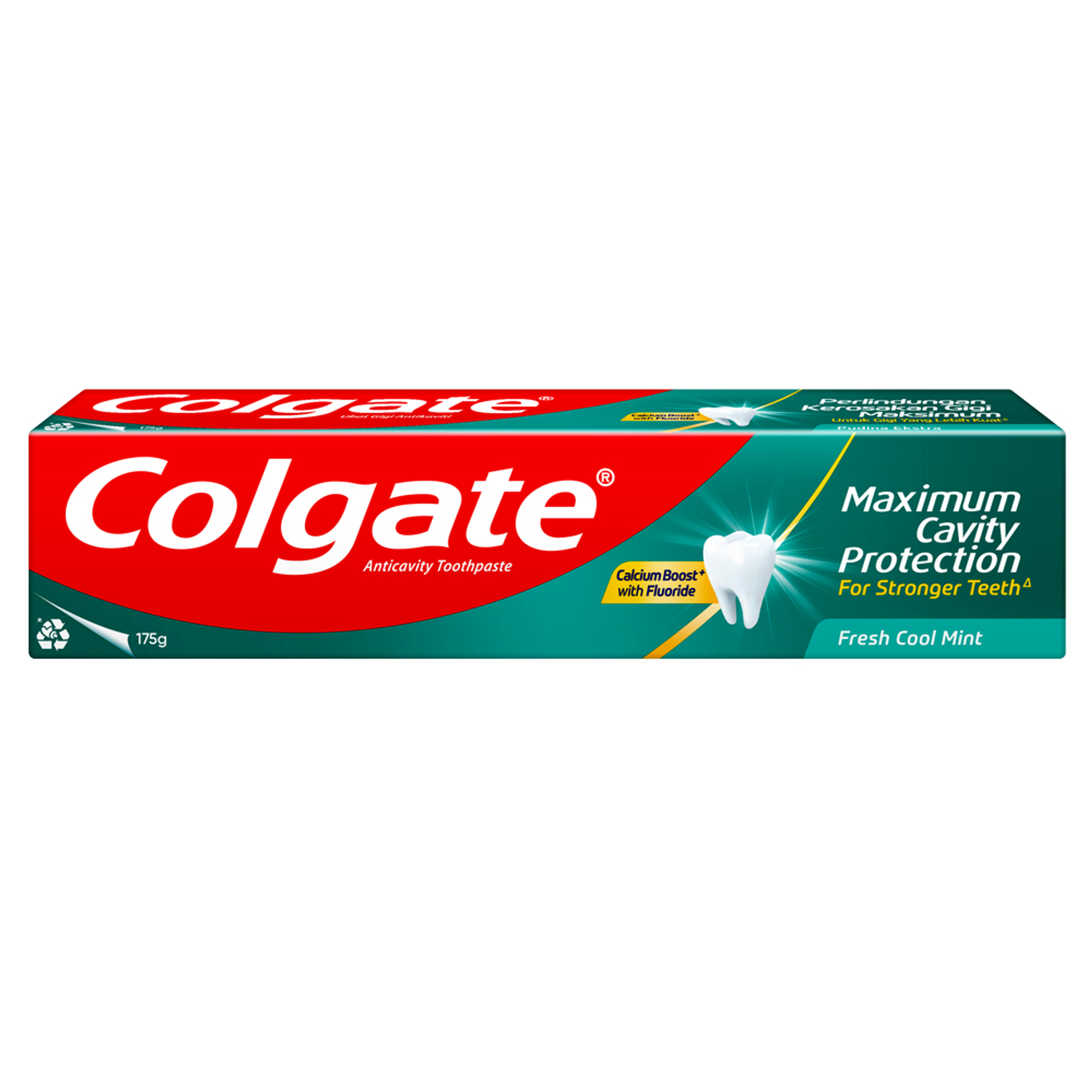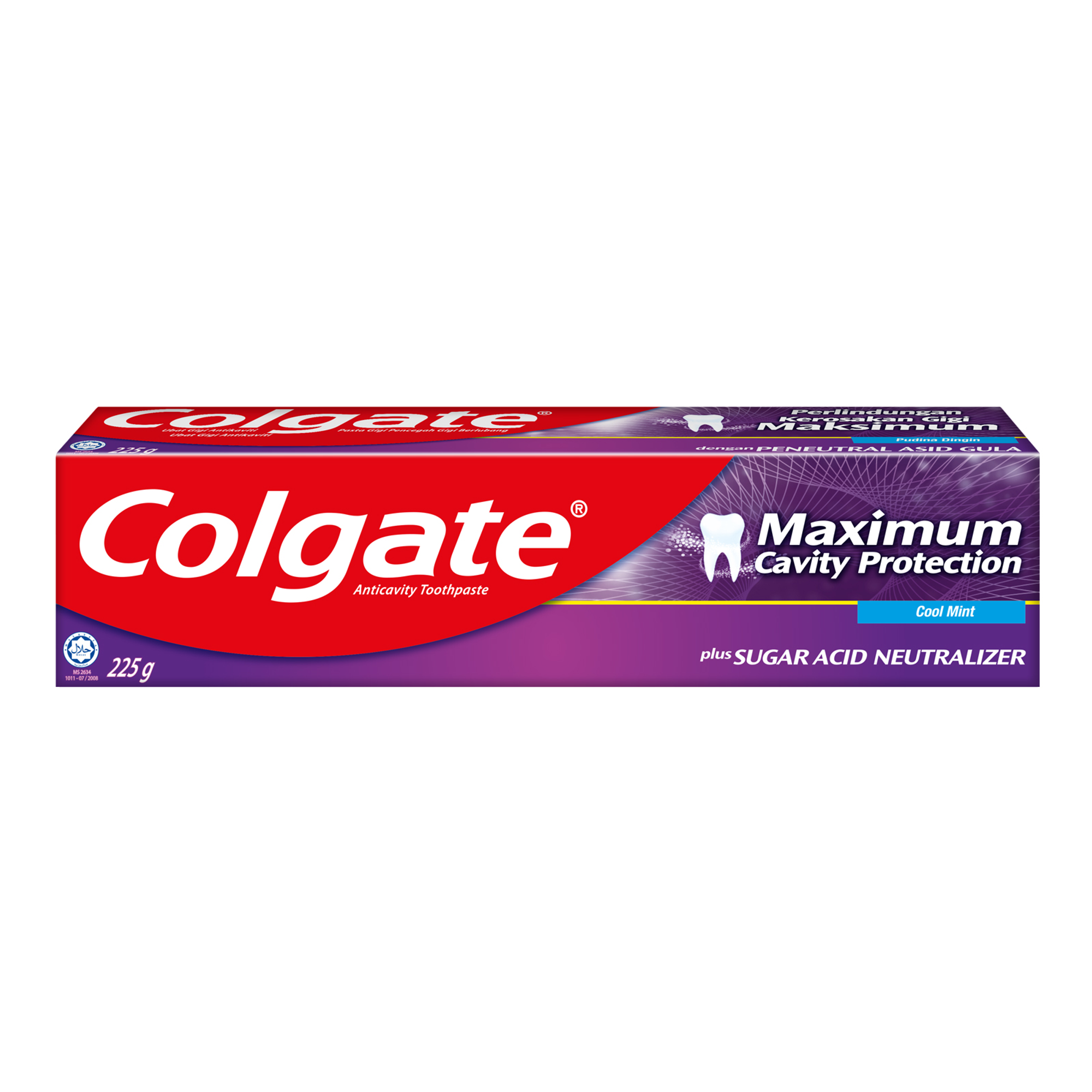- Oral Health and Dental Care | Colgate®
- Oral Health
- How to Limit the Effects of Sugar on Teeth


Cookies, cakes, candies and sodas – everywhere you go, there are sugary treats to tempt you and your kids. The effects of sugar on teeth may not be noticeable right away, but too much can lead to tooth decay if you don't stay on top of it. Here's how sugar can harm your family's dental health and what you can do to prevent it.
Acid Attacks
When you eat or drink sugary foods – refined, processed or in the form of carbohydrates – you're feeding the beast. Bacteria in your mouth digest the foods you eat and specifically feed on the sugar, producing acids that can slowly dissolve tooth enamel and cause tooth decay. According to the National Institute of Dental and Craniofacial Research (NIDCR), these acids do the most damage to your teeth for 20 minutes after eating; this is what is known as an "acid attack." So the more sugary foods you eat throughout the day, the more your teeth are exposed to decay-causing acids.
Sensible Food Choices
What can you do to protect your family from these ubiquitous acid attacks? Eliminating sugars completely from your family's diet is unrealistic, because most of your foods contain some form of sugar or starch. However, you can still control the amount of sugar you and your family consumes and reduce the total time your teeth are susceptible to bacterial acids. Consider the following dietary adjustments:
- Eat a nutritious and balanced diet of grains, fruits, vegetables, protein and low-fat dairy.
- Check food labels for "hidden" sugars.
- Limit between-meal snacks.
- Avoid sugary foods that stay in your mouth for a long time, like hard, sticky or chewy varieties of candy.
- Offer healthy snacks, such as cheese, fruits, yogurt, peanut butter, chocolate milk and sugarless gum.
- Save your sugary treats for the end of a meal or before a tooth-brushing session, rather than throughout the day.
- Substitute water for sugar-laden sodas and fruit juices.
Oral Hygiene Is a Good Defense
Brushing your teeth thoroughly after eating cleans recent sugary foods and existing bacteria off of your teeth, and flossing once a day will clean between your teeth – a prime spot for bacteria to hide. For those times when you aren't at home to brush off an acid attack, disposable toothbrushes like the Colgate® Wisp™ mini-brush can be taken to work or packed with your kids' lunches. Have your family use fluoride toothpaste as an added defense to strengthen their teeth, making them more resistant to harmful acids in the future.
Preventive Care and Early Detection
Schedule regular dental checkups and cleaning appointments for your family; this way, any signs of tooth decay can be taken care of early. The Academy of General Dentistry's (AGD) George McLaughlin, DMD, recommends placing sealants on children's permanent first molars as soon as they appear in the mouth. This thin coating acts as a barrier on the chewing surface of the tooth, and protects it from decay-producing acids. Other preventive measures for children include fluoride treatment and varnishes.
There is no denying that people love their sugar. In fact, the NIDCR suggests the average person in the U.S. eats about 147 pounds of it a year – that produces an enormous potential for tooth decay. Make the necessary changes in diet and dental hygiene now, so the effects of sugar on teeth don't come when your family is preoccupied with bigger life events.
Related Articles

You know you want to take care of your teeth but you just can't help it — you have a sweet tooth! So you're asking, "What should I eat when I crave for sweets?" Luckily, there are lots of easy options to choose from. Here are ten healthy (and tasty!) alternatives to sweets:


Related Products

Helping dental professionals
More professionals across the world trust Colgate. Find resources, products, and information to give your patients a healthier future










